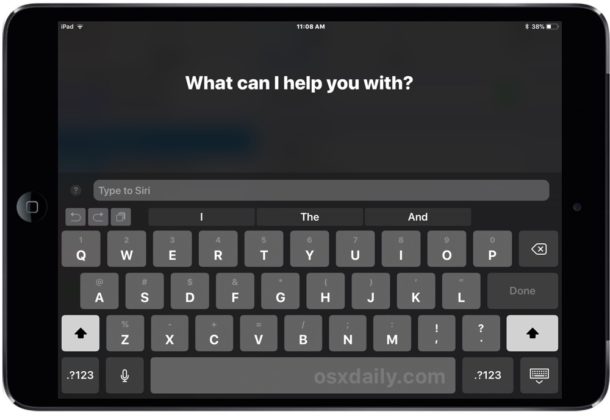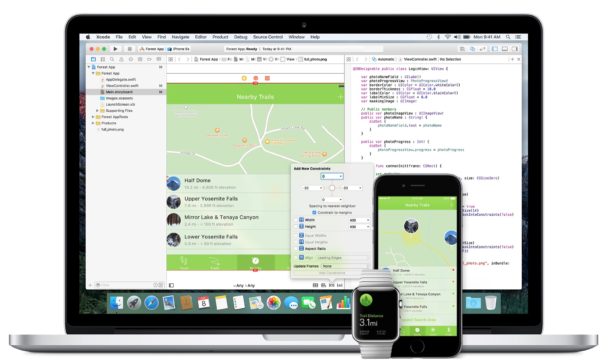How to Use diff to Compare Two Files at Mac Command Line

Need to quickly compare two files for differences? The command line ‘diff’ tool offers a great choice for users comfortable with the Terminal. Diff allows you to easily compare two files, with the command output reporting back any differences between the inputted files.
The diff command is available by default on the Mac, and it works the same in Linux and other unix operating systems as well, just in care you were wondering, and for Windows users it’s quite similar to how the ‘fc’ file compare tool works.

















